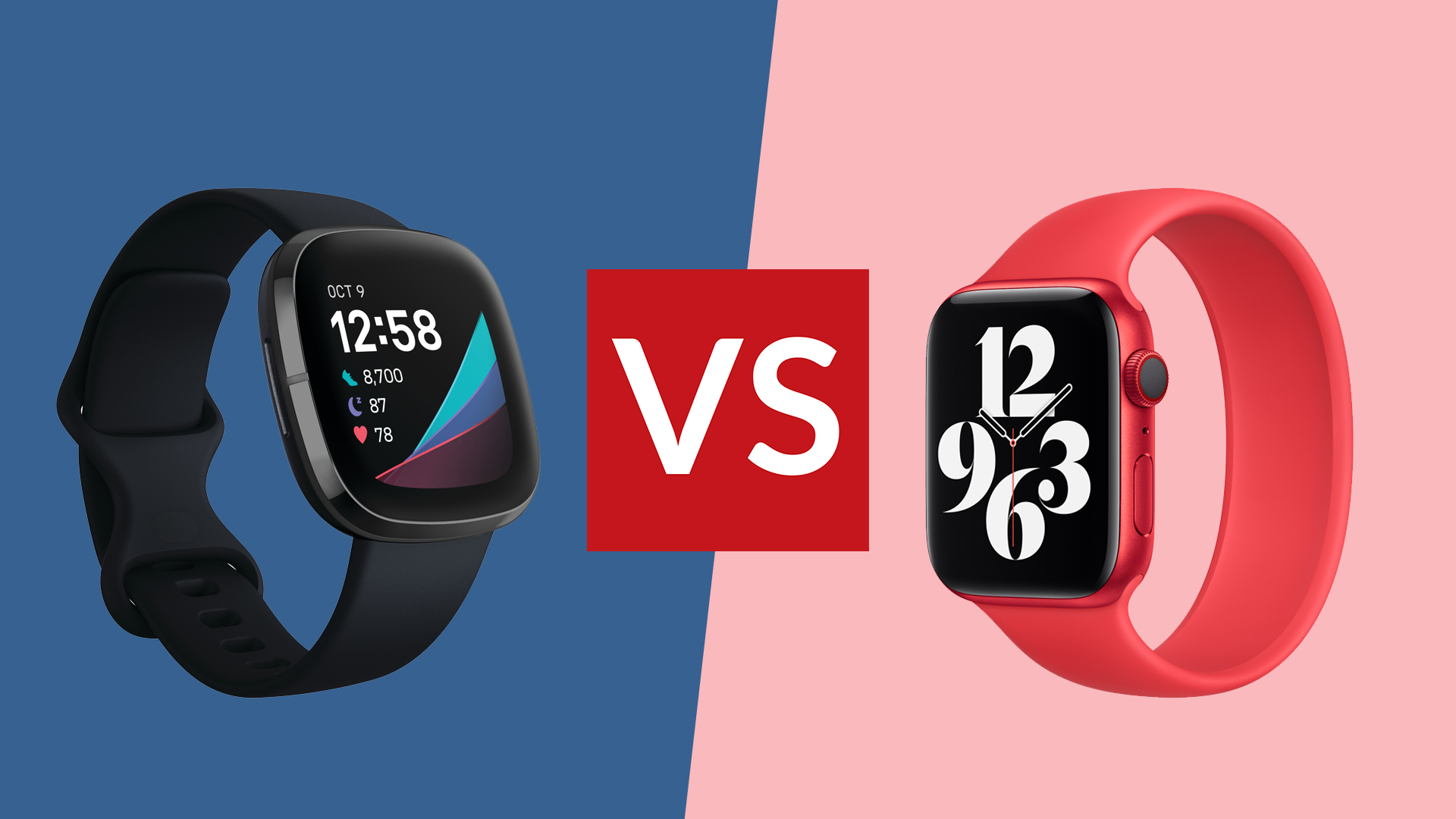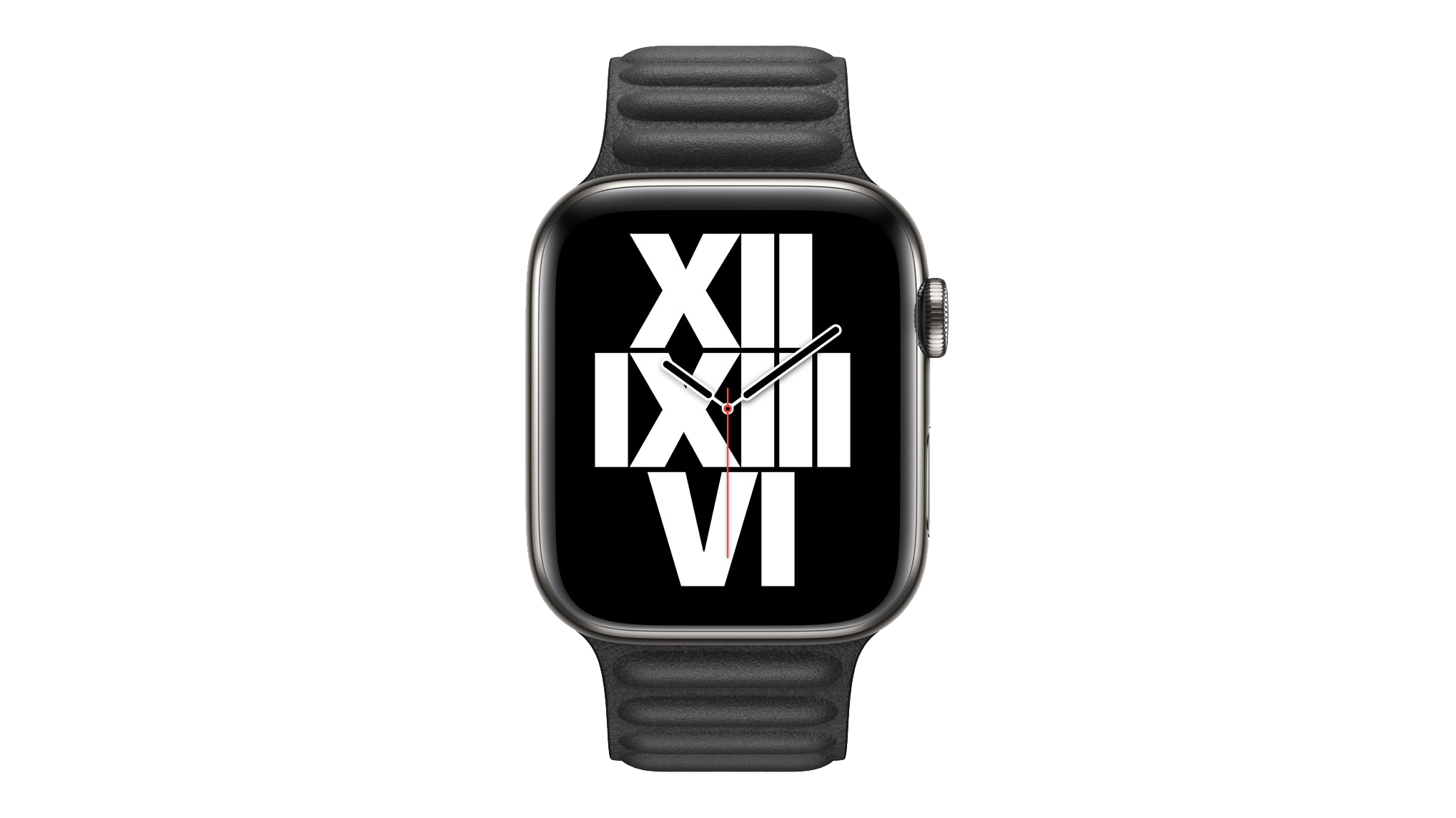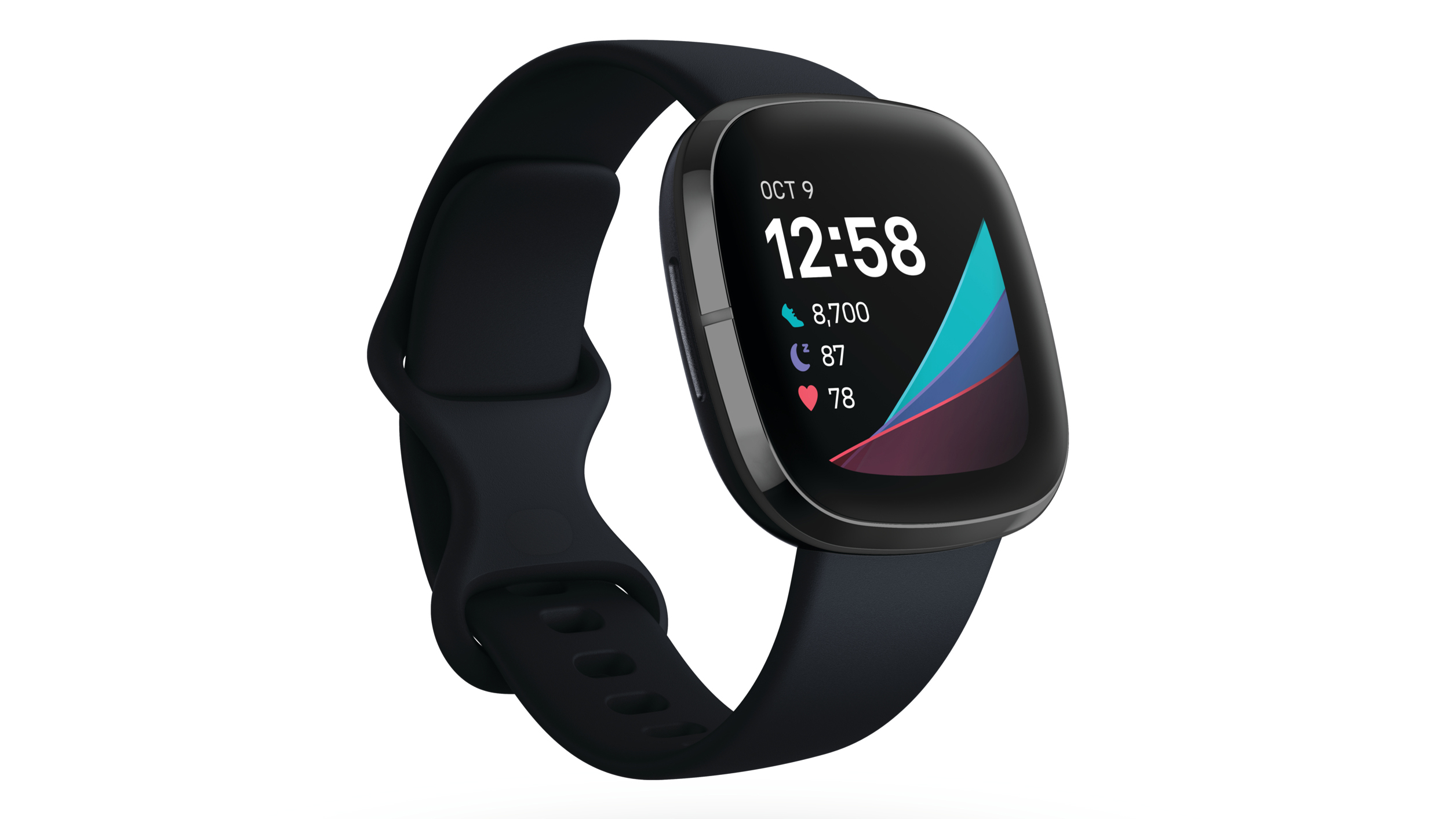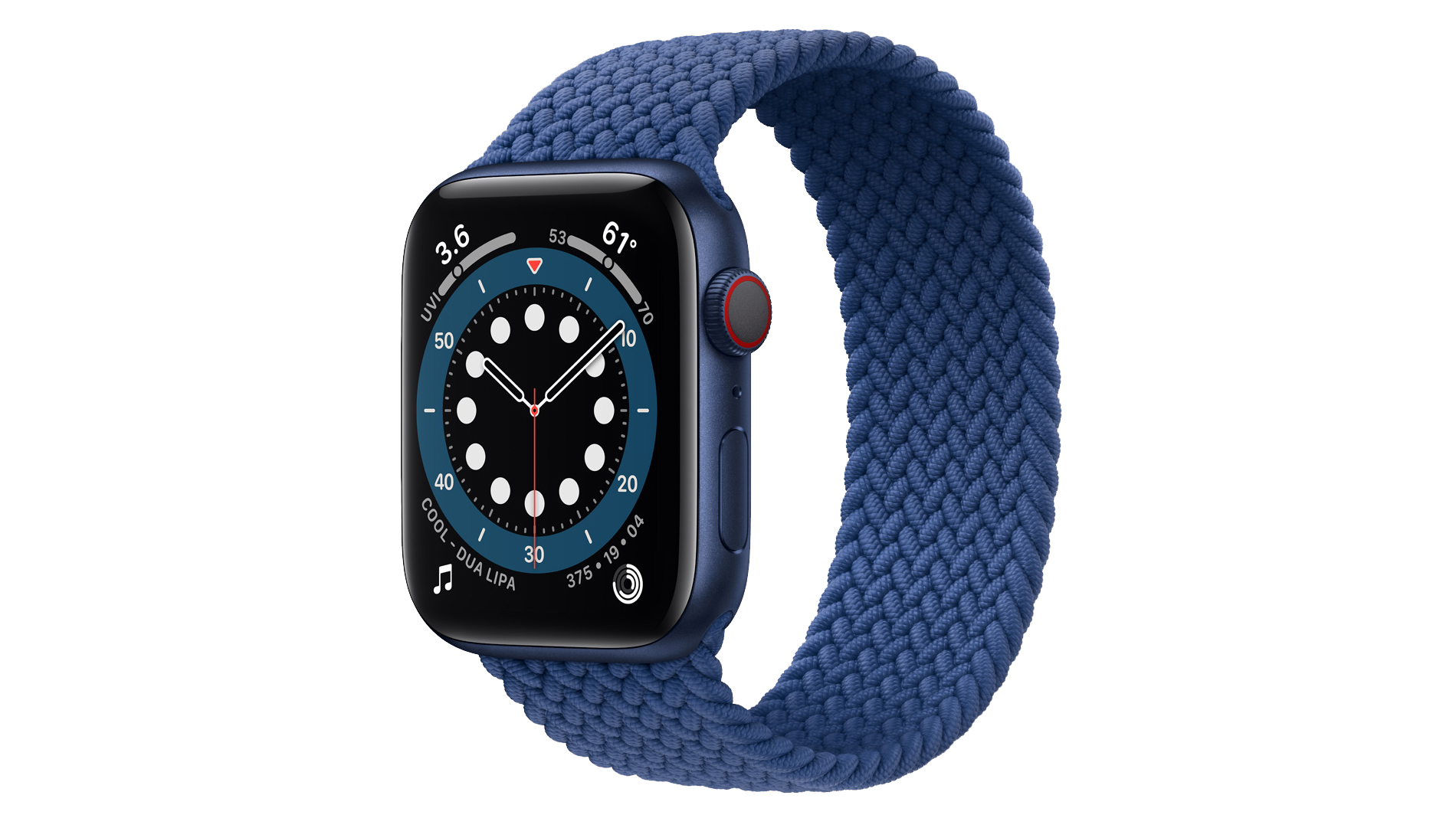

When it comes to buying a new smartwatch it is easy to plump for the most popular, the Apple Watch. But, beyond the likes of Samsung and smartwatches using Google’s Wear OS, there is another option in the form of Fitbit.
Best known for its fitness tracker, Fitbit was recently acquitted by Google but already sells a feature-packed smartwatch, in the form of the Sense. It might not have the brand appeal of an Apple Watch, but there’s an awful lot to like about Fitbit’s alternative, and you might just save yourself some money too.
Here is how the latest Apple Watch Series 6 compares to the Fitbit Sense in the battle for best smartwatch supremacy.
If you have your heart set on an Apple Watch, then check out T3's guide to the best Apple Watch, and, likewise, if you really want a Fitbit then read our thoughts on the
best Fitbit.
Apple Watch Series 6 vs Fitbit Sense: Design
Both of these devices conform with the traditional smartwatch design language, with a square-ish display sat in a metal case upon a sports-friendly rubber strap.
Both have their own bespoke strap attachments, so while you can’t fit industry-standard watch straps like you can with wearables from Samsung, there is a good selection of alternatives from Apple, Fitbit and third-party accessory makers.
The Fitbit Sense has a stainless steel case and is available in two color options of a carbon strap with graphite case, and a ‘lunar white’ strap with a soft gold case. The case is only available in one size, but with a diameter of 40.5mm it is one of the most compact smartwatches available so should fit comfortably on almost any wrist.
Sign up to the T3 newsletter for smarter living straight to your inbox
Get all the latest news, reviews, deals and buying guides on gorgeous tech, home and active products from the T3 experts

Meanwhile, the Apple Watch Series 6 has a greater range of design options. There are two case sizes of 40mm and 44mm, three case materials of aluminium, stainless steel and titanium, ten case colours in total, and a wide range of straps to pick from, both from Apple and elsewhere.
The Apple Watch is certainly the more customisable of the two, but when it comes to buying a fitness-focused smartwatch, looks aren’t everything – and besides, we think the Fitbit Sense looks pretty good too.
Apple Watch Series 6 vs Fitbit Sense: Hardware
Almost unchanged in half a decade, the latest Apple Watch is broadly the same as the original. Apple’s watchOS operating system is interacted with by tapping and swiping at the touchscreen, as well as via the rotating Digital Crown, the side button, and by speaking to Siri. As with many smartwatches, there is a learning curve with the Apple Watch, whereby navigating the operating system takes a bit of practice.
After that – and once you have tailored a digital face to your exact needs – using the watch is remarkably straightforward.
It’s a similar story with the Fitbit Sense, which runs the company’s own software and is controlled via the touchscreen and a button on the side of the case. The rear of both devices houses a heart rate monitor that also uses infrared light to measure blood oxygenation.
Both also have the necessary hardware to take an ECG and they have a whole host of other sensors to track your fitness, exercise and general health.

Both also have a degree of water resistance and are considered safe to swim in, but shouldn’t be worn while diving or during water sports.
A major difference, however, is battery life. Apple says the Watch Series 6 should last 18 hours, which it considers to be a full day consisting of 90 notifications, 45 minutes of app use, and a 60-minute workout with music playback over Bluetooth. If you use your watch less than this, then two days might just be possible, but with the Apple Watch now officially tracking sleep for the first time, a recharge every 24 hours will be very likely for most users.
Meanwhile, Fitbit claims the Sense can last over six days on a single charge. This will vary considerably depending on how the smartwatch is used, and whether the always-on display is enabled or not, but that’s still a great deal more than Apple’s estimation. As with all smartwatches, your mileage will vary.
Inside, both watches have Bluetooth, Wi-Fi and GPS, as well as NFC for contactless payments.
A major difference between these two smartwatches is that the Apple Watch only works with iPhones, whereas the Fitbit Sense is compatible with Android phones too.
Apple Watch Series 6 vs Fitbit Sense: Features
Being flagship smartwatches, this isn’t much this pair of wearables can’t do. They both offer comprehensive health and fitness tracking, with GPS for an accurate record of outdoor runs, 24/7 heart rate monitoring, blood oxygen measuring, notifications for an abnormally high or low heart rate, menstrual cycle tracking and sleep tracking.
They also deliver notifications from your smartphone like calls, messages and other alerts, and can be set to display the time constantly., instead of only showing with a flick of the wrist or tap of the screen.
Both also have a built-in voice assistant. The Apple Watch uses Siri and the Fitbit Sense can use either Google Assistant or Alexa. With all three, you can ask simple questions, set timers and alarms, control music, and interact with smart home devices.

A feature unique to the Apple Watch Series 6 is its U1 chip, which has been created by Apple to take advantage of ultra-wideband technology. The chip doesn’t do much yet, but we expect to see tighter integration between Apple devices using the U1 chip in the future – like how music can be handed over from an iPhone to a HomePod Mini when they are brought near to each other.
Another feature missing from the Fitbit is fall detection, where the Apple Watch checks if you are okay after you take a heavy fall. You can respond to say you are fine, use the Watch to call for help, or if you don’t respond at all the Watch will make an emergency call for you.
Unique to the Fitbit Sense is skin temperature tracking and a system for monitoring your stress levels. You can then start a guided breathing session if your stress levels are increasing.
Both of these smartwatches offer a subscription fitness service. Fitbit Premium costs £7.99 a month and is designed to help you get more out of the data collected by your smartwatch. The system includes personalised insights into your heart data and includes programmes for you to work through to improve your fitness, get more sleep, eat better, and train to run a certain distance.
Apple has also just launched its own fitness subscription service, called Apple Fitness+. This costs £9.99 a month and includes access to workout classes viewed on your iPhone, iPad, Mac or Apple TV, which tap into the data recorded by your Apple Watch.
There are many, many fitness apps offering similar services, but there is certainly an appeal to subscribing to one created by the maker of your smartwatch, be it Fitbit or Apple, for the most tightly integrated experience.

Apple Watch Series 6 vs Fitbit Sense: Price
The price of the Apple Watch Series 6 starts at £379 for the 40mm aluminium model with Wi-Fi (but no 4G) and rubber Solo Loop or fabric Sport Loop strap, and extends all the way beyond £1,000 for the luxury Hermes models.
The larger 44mm model starts at £409, while adding 4G connectivity (to make calls and stream music without being connected to your iPhone over Bluetooth) adds £100, plus the cost of data.
Things are simpler with the Fitbit Sense, which comes in one size and is priced at £300. There is no 4G version of the Sense, so it can’t handle calls or stream music unless connected to your smartphone.
For the price in $, if you're in the US, or your local currency, you can find the best prices below:
Apple Watch Series 6 vs Fitbit Sense: Conclusion
Despite coming from two very different companies, these two smartwatches are remarkably similar. They both offer a near-comprehensive suite of health and fitness tracking features, covering everything from heart rate to sleep. They also both stream music and handle calls and notifications from your smartphone, and they have interchangeable straps to change up their look.
The Apple Watch is arguably the sleeker package, and it is the only one offered with a 4G connection. But on the other hand, the Fitbit Sense works on Android as well as iOS, whereas the Apple Watch is iPhone-only.
Battery life is in the Fitbit’s favour, but how accurate the six-day claim is will depend a lot on how you use the watch. If you exercise regularly – which, if you buy a £300 Fitbit, you may well do – then there will likely be less difference in battery life of the Sense compared to the Apple Watch.
Price is also in the Fitbit’s favour, but only just, and if you like the appeal of the smaller 40mm Apple Watch Series 6, the extra £79 might be worth paying. Of course, if you have an Android phone then the winner is the one that actually works for you, and that’s the Fitbit.

As the Style and Travel Editor at T3, Spencer covers everything from clothes to cars and watches to hotels. Everything that's cool, stylish, and interesting, basically. He's been a part of T3 for over seven years, and in that time covered every industry event known to man, from CES and MWC to the Geneva Motorshow and Baselworld. When he's driving up and down the country in search of the greatest driving roads, he can be found messing around on an electric scooter, playing with luxury watches, or testing the latest fragrances.
-
 A new age of humanity wins the Sony World Photography Awards 2025
A new age of humanity wins the Sony World Photography Awards 2025Zed Nelson's Anthropocene Illusion highlights the influence of humans on the environment and the artificial spaces left for wildlife in a powerful set of images to win this year's SWPA Photographer of the Year
By Mat Gallagher
-
 How to watch Mario Kart World Direct – everything you need to know about the Switch 2 launch game
How to watch Mario Kart World Direct – everything you need to know about the Switch 2 launch gameNintendo will host a new Nintendo Direct presentation this week, here's how to watch it live and what to expect
By Rik Henderson